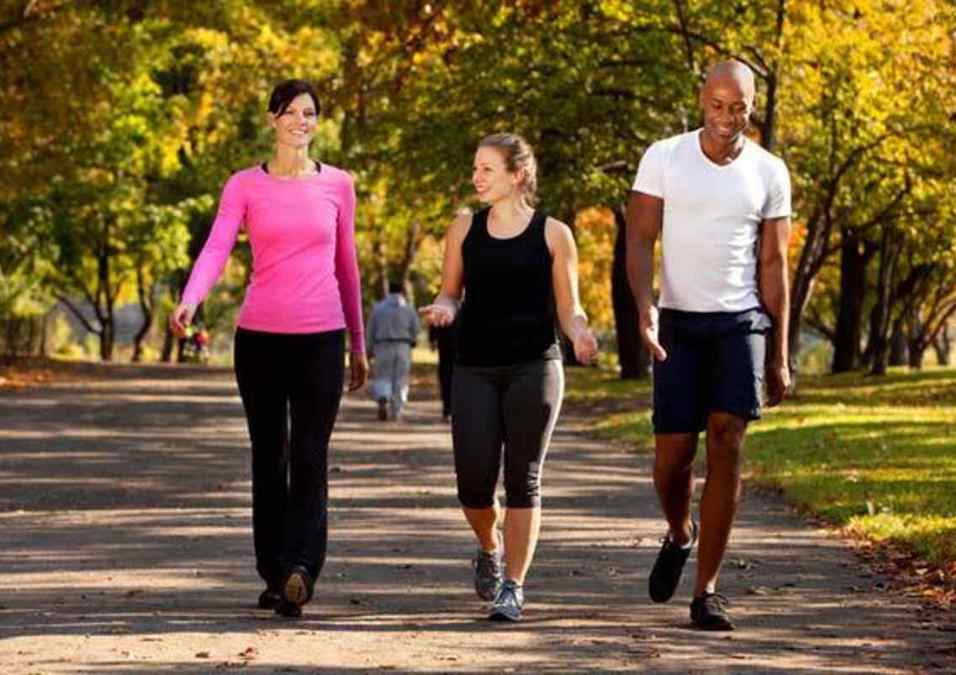The Truth About 10,000 Steps

SIGN UP FOR YOUR FREE DAY PASS TODAY!
For many, the 10,000-step goal has become a widely accepted standard for good health, serving as motivation for evening strolls, midday walks, and even parking slightly farther away.
But how did this number become the benchmark, and does it actually hold up to science?
Read Also: Senior Fitness Revolution in Singapore
The Origins of 10,000 Steps
The concept of walking 10,000 steps a day wasn’t born from scientific research—it began as part of a marketing campaign in 1960s Japan.
A company there launched a pedometer called the Manpo-kei, which translates to “10,000 step meter.” Released during the lead-up to the 1964 Tokyo Olympics, the pedometer aimed to inspire activity while boosting sales.
“It was kind of brilliant,” says David Raichlen, a professor of biological sciences and anthropology at USC, admitting that the number was arbitrary.
Yet, decades later, researchers suggest this marketing gimmick may have been surprisingly close to an optimal activity goal.
Health Benefits of Walking
While the 10,000-step target gained global traction, researchers have since studied how different step counts impact health.
Benefits, such as reduced risks of cardiovascular disease, often begin as low as 2,500 to 3,000 steps per day.
For some groups, including older women, health gains plateau around 7,500 steps.
However, some research points to continued advantages from walking even beyond that number.
For Dr. Gregg C. Fonarow, interim chief of cardiology at UCLA, step counts offer a simple way for patients to measure physical activity.
He equates 10,000 steps to approximately five miles of walking or about 150 minutes of moderate-to-intense weekly activity—mirroring general fitness guidelines.
“Walking is a fantastic form of exercise,” says Fonarow. “It improves blood pressure, brain health, insulin sensitivity, and strengthens blood vessels.”
Read Also: Unlocking the Link Between Exercise and Better Sleep
It’s About More Than the Numbers
Despite the popularity of 10,000 steps, Raichlen advises against focusing solely on specific thresholds.
“Even a little activity is better than none, and more is generally even better,” he explains.
The type of walking matters too. Brisk walks, or those with a higher step cadence, provide more cardiovascular benefits than slower strolls, even if the total steps remain the same.
But whether walking fast or slow, staying active decreases the risks of chronic conditions such as diabetes, dementia, and heart disease.
Consistency is key. Sleep and circadian rhythm researchers emphasize the importance of routine in exercise habits, pointing to “Zeitgebers” or time givers—cues like light or regular activity that help the body regulate its internal clock.
Sticking to roughly the same activity schedule daily can help reinforce these natural rhythms.
Moving Toward Good Health
According to Dr. Parveen Garg of Keck Medicine of USC, movement at any level has benefits.
For those struggling with time or energy, even walking more heavily on weekends can make a noticeable difference.
Starting as low as 2,500 steps a day, research shows, can decrease cardiovascular risks and premature mortality.
“As humans, we like goals,” says Garg. “Achieving step targets can provide a sense of accomplishment, as long as it doesn’t discourage people who fall short.”
The focus, according to experts, should be on aerobic activity and establishing consistency, even if progress happens in small steps.
The Bottom Line
The 10,000-step goal might have started as a marketing gimmick, but it’s grown into a helpful guide for many people.
Whether you achieve 2,000 steps or 10,000, the most important thing is to stay active and keep moving.
Establishing consistent habits over time can help you reap the broad benefits of regular physical activity and maintain better health.
“Just keep moving,” Raichlen says.
Source: latimes
The opinions shared in the GymNation blog articles are solely those of the respective authors and may not represent the perspectives of GymNation or any member of the GymNation team.
GET YOUR FREE TRIAL TODAY
































































































